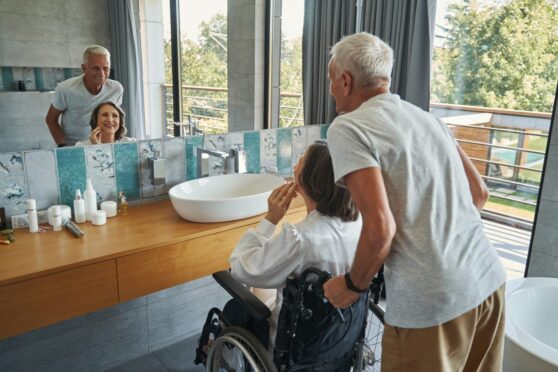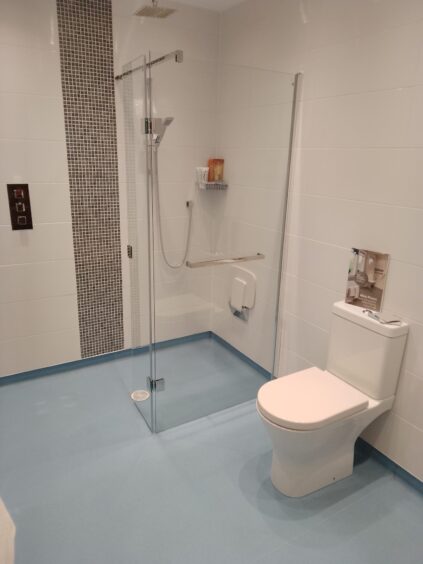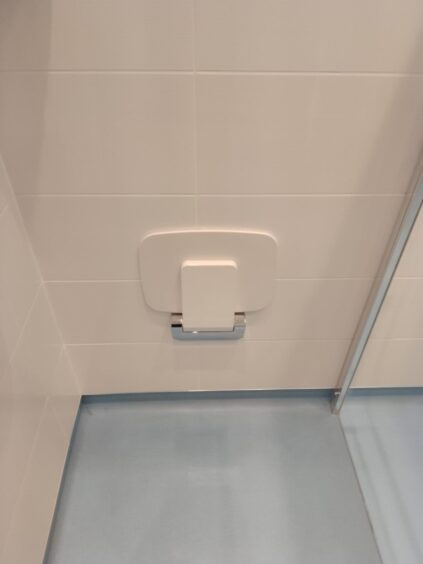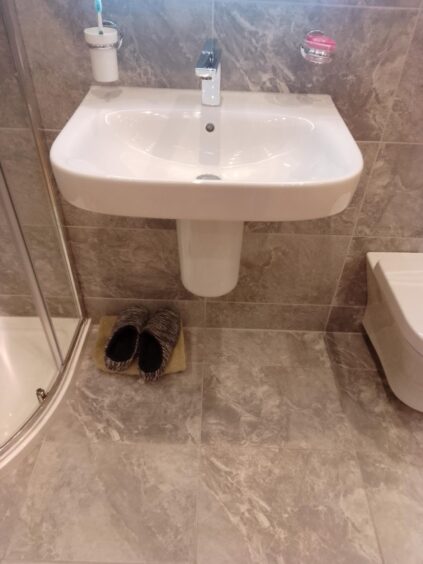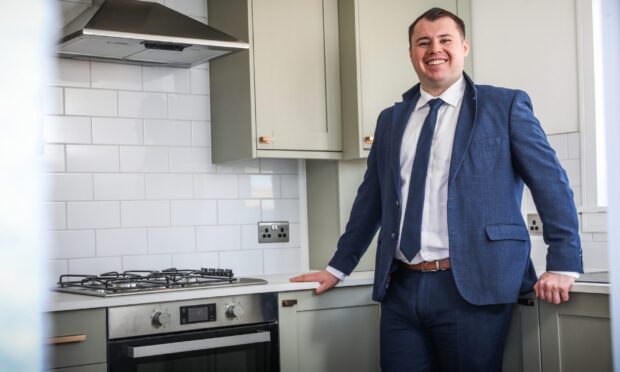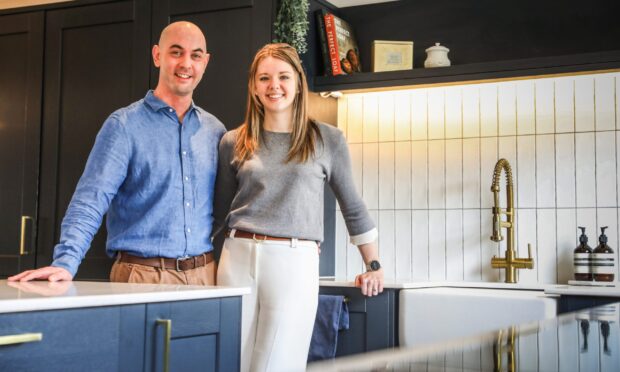Transforming showers can be a breeze if you turn to the experts, you can have a space for your loved ones that’s both functional and stylish.
-
Some Courier online content is funded by outside parties. The revenue from this helps to sustain our independent news gathering. You will always know if you are reading paid-for material as it will be clearly labelled as “Partnership” on the site and on social media channels,
This can take two different forms.
“Presented by”
This means the content has been paid for and produced by the named advertiser.
“In partnership with”
This means the content has been paid for and approved by the named advertiser but written and edited by our own commercial content team.
Designing showers for the elderly and disabled means bearing in mind the specific needs of the users. You’ll want to make sure there are features to make them feel both independent and safe in the space.
But that also doesn’t mean sacrificing style. Bathrooms can be functional for the elderly and disabled without looking like they’re in a hospital. The space can be designed to look contemporary, sophisticated and yes, even luxurious.
Here are several practical yet stylish ways you can upgrade your shower to accommodate the needs of the elderly and disabled.
Tips for showers for the elderly and disabled
1. Prevent slips
The elderly and those dealing with mobility issues are very vulnerable to slipping in bathrooms where floors can be wet from water, soap or hair products.
Buying anti-slip bath mats can be a quick solution but they can also prove to be trip hazards.
So it’s worth looking into safer options like anti-slip shower trays or floor tiles.
2. Use shower seats
Having a chair or stool in the shower is a great feature for people who are unable to stand at all or for extended periods of time. You can choose from a wide range of options in the market – from fixed ones to freestanding ones to those you can fold away – depending on the user’s specific requirements and your shower space.
3. Opt for easy-to-use showers
There are many electric showers available now that are even specially designed for the elderly and disabled. In fact, some have large and user-friendly controls for the visually impaired. Others have shower valves that are ideal for people with arthritis or restricted hand mobility.
There are also models that come with extra-long shower hoses, anti-scald safety features or an app that allows family members to monitor their loved ones.
4. Install grab rails
Strategically placed rails will provide support for those who need help when using a toilet or sink, or when getting in and out of a shower or tub.
There are extra-long rails that can be fixed on walls. But there are also drop-down ones that are ideal in smaller spaces where they can be folded out of the way when they’re not in use.
Some are available with a textured surface, ensuring a firm grip even when wet.
5. Make sinks accessible
Sinks or washbasins have to be installed at a height that makes using them easy, especially for those who use wheelchairs. It’s best to choose one without a stand or storage underneath to allow more movement within the space.
Reclining mirrors are perfect for adapting to different heights while taps with sensors allow users to access them without any need for physical contact.
Turn to the bathroom experts
What’s crucial in creating stylish and safe showers for the elderly and disabled is installation. Floors need to be properly put in and rails need to be securely fixed by professionals. Otherwise, they become safety hazards for anyone using the bathroom.
Haddow Bathrooms has a team of experts with decades of experience who will assess your requirements and your space before creating a design that perfectly suits your needs, taste and budget.
A dedicated in-house installation manager will even make sure your bathroom will benefit from excellent workmanship.
Call Haddow Bathrooms on 01738 500 424 or drop by their showroom at 26 Kinnoull Causeway, Perth PH2 8HQ.
You can also contact them through Haddow Bathrooms’ website
